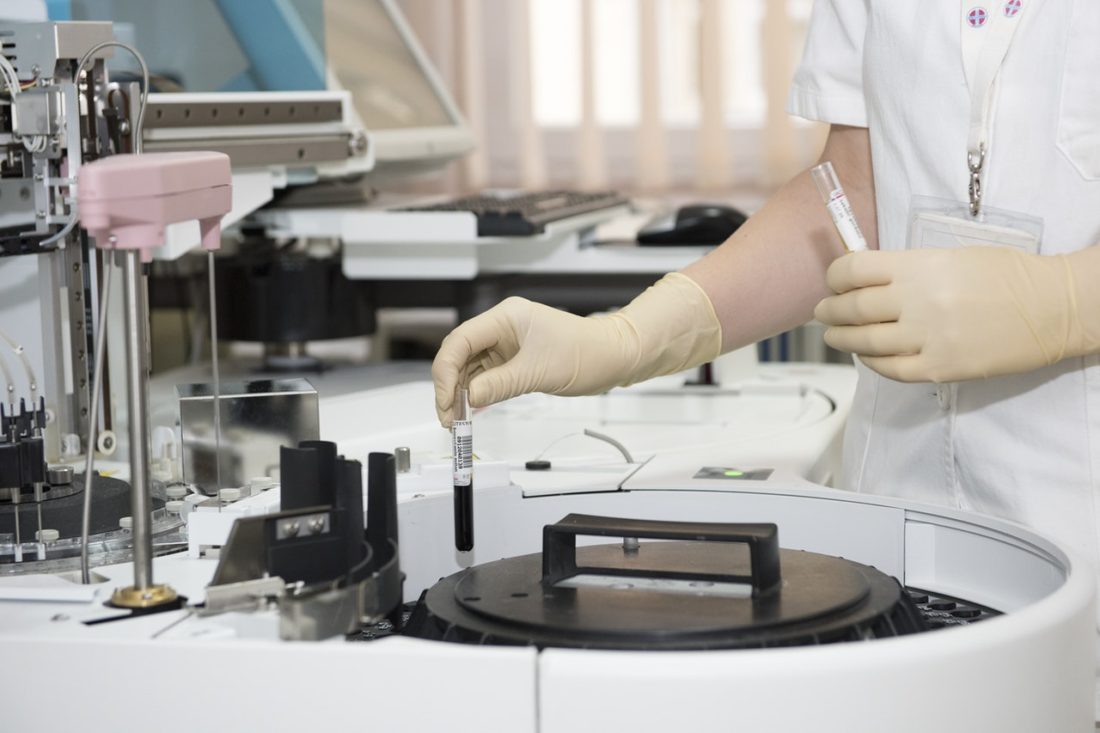The Role of the Flow Hood in a Lab

Laboratories, quality control departments, hospitals, and even production floors, all require specialized equipment. The laminar flow hood is a key piece of such equipment. They ensure small areas are provided with sufficient filtered air to make sure people within that area are less likely to be exposed to airborne contaminants. When air quality is important, for instance in food preparation, pharmacies, laboratories, or operating rooms, these hoods will usually be present.
What Does a Laminar Flow Hood Do?
When a hood is installed and properly used, it protects biological and other samples from contamination by making sure that the air is free from airborne contaminants and dust. The system inside the hood itself ensures that parallel planes of air are flowed, removing any type of debris. The design is such that contaminated air is not able to get into the room, thereby stopping materials from getting damaged.
When the hood is switched on, the rear of the hood forces air towards the unit’s front. This is then filtered twice before it is released into a room. First, it goes through a pre-filter, where large dust particles are removed. After that, the air goes through the HEPA filter, which ensures the air reaches purity levels acceptable to the work environment.
These flow hoods have been designed to ensure contamination is removed from an area. However, they do not protect the operator. This is why people inside the lab should not handle any materials they would be unsafe handling in any other environment. For instance, if the material releases dangerous fumes, a completely different hood will be required.
Typically, if a laminar flow hood is in place in a workplace, clinic, or laboratory, the air will be safe enough to breathe. Most of the time, these hoods also run permanently. Should they stop working, for whatever reason, the air cannot be considered pure until the hood has been switched back on for at least half an hour.
Laminar flow hoods come in both horizontal and vertical flow models. Neither is better than the other. Rather, the workspace in which the hood is used will determine which type of flow is most suitable to their needs. Vertical flow laminar hoods are generally slightly more energy efficient. However, they are not always suitable.
Laminar flow hoods are used in a wealth of different industries. This includes sensitive electric part manufacturing, life sciences laboratories, medical research and care, production processes, pharmaceutical processes, and research and development clinics. Essentially, wherever there is a location where things have to be protected from the air, these flow hoods will ensure they maintain their integrity at all times.
Thanks to advances in technology, laminar flow hoods are now virtually silent. One the one hand, this is a positive development because it is less disruptive. However, some people prefer the louder models, as this means they can easily tell if one were to shut off. Since this would mean the air is no longer pure, experiments can be ruined if it is undetected.









